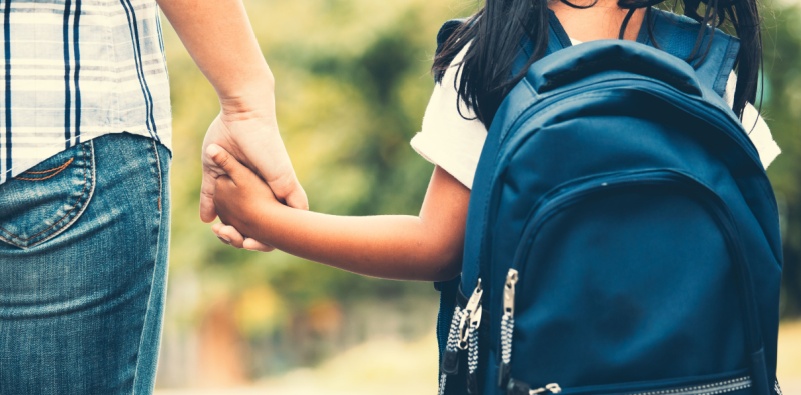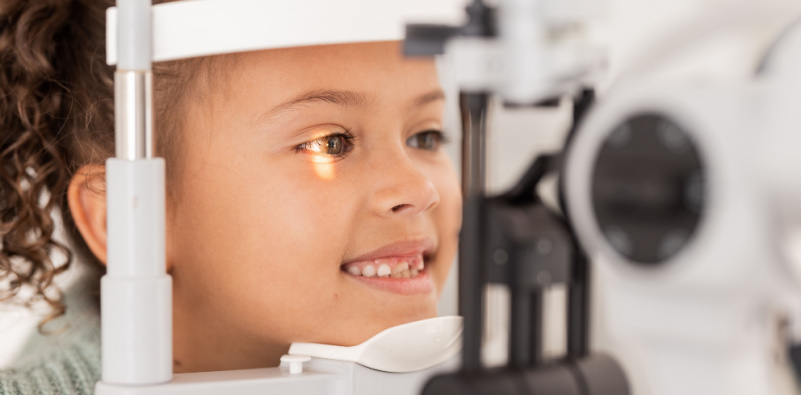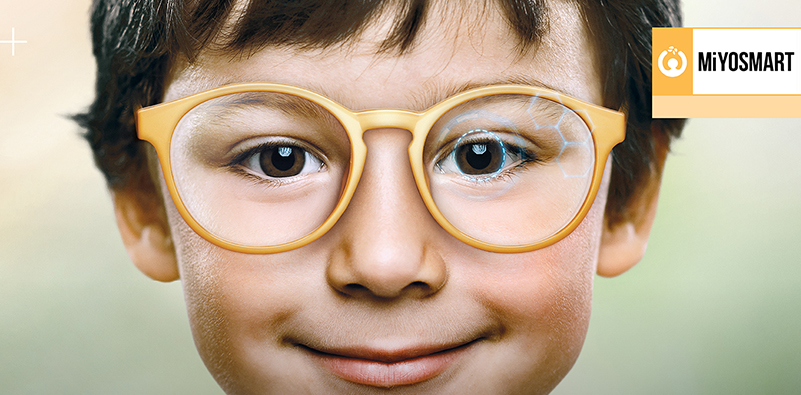Get Ready For The School Year With A Back to School Eye Exam

Parents, as you gear up for another school year, ensuring your kids return to school with optimal vision is often an overlooked step. To give your kids the best chance at success this academic year, it’s essential to ensure their eyecare is up to date.
We’re going to take a look at the significance of eye examinations and how they can affect your child’s learning. From the most common eye condition in children today to expert preventative tips on how to take care of your children’s eyes, we’ve covered it all. Let’s dive in!
Why Are Back-To-School Eye Exams Important?

Regular eye examinations for children are more important than most parents might think. Children are not always aware that they have an issue with their vision, and without a routine eye exam, these problems may not be detected and could worsen. In fact, it is estimated that 1.6 million school aged children are living with an undetected vision problem.
These experiences can have a profound impact on children’s intellectual development and educational abilities, as 80% of what the brain receives comes through the visual track. It may not be well-known, but a child’s eye does not finish developing until they are around eight years old.
This information makes it all the more vital to ensure that children receive their eye exams regularly, especially before heading back to school. So, if you’re searching for a ‘children’s eye exam near me’, our highly skilled team are on hand to provide your child with a thorough exam.
Signs Of Vision Problems To Look Out For

As parents and educators, it is essential to be on the lookout for signs that may indicate a child has visual impairments. These indicators can range from:
- trouble concentrating on schoolwork,
- headaches
- sitting close to the TV
- regularly rubbing their eyes
With the excessive use of digital devices, it’s also important to notice if a child is holding screens too close to their face or squinting to see. These factors can lead to the progression of myopia (short-sightedness), which is why identifying these signs can make a significant difference in a child’s overall vision health.
Myopia And Myopia Management Explained

Image source: Supplied by Hoya
Myopia, commonly known as short-sightedness, is a growing concern for parents around the world. This condition occurs when the eye focuses light rays in front of the retina instead of on it, causing blurry distance vision. This is because the eye has become more elongated than it should be. Myopia is predicted to affect half of the world’s population by 2050.
This can be particularly problematic for children as it can affect their ability to learn and develop. However, thanks to innovative technology, myopia management is now possible with MiYOSMART lenses for glasses, which work by using a unique two-layered design that reduces the amount of stress on the eye whilst correcting vision. These glasses lenses have been clinically proven to slow myopia progression by up to 60%. They are worn just like regular glasses making them suitable for children of all ages.
If you’re worried about your child’s eye health due to short-sightedness, consider investing in the revolutionary MiYOSMART lenses for an effective and reliable solution to safeguard their future vision.
Contact Us Today
Clear vision plays a pivotal role in learning, and any vision impairments can lead to a myriad of issues that can negatively impact academic performance. So, why not take the necessary steps towards ensuring your child’s success by booking a back-to-school eye examination today?
